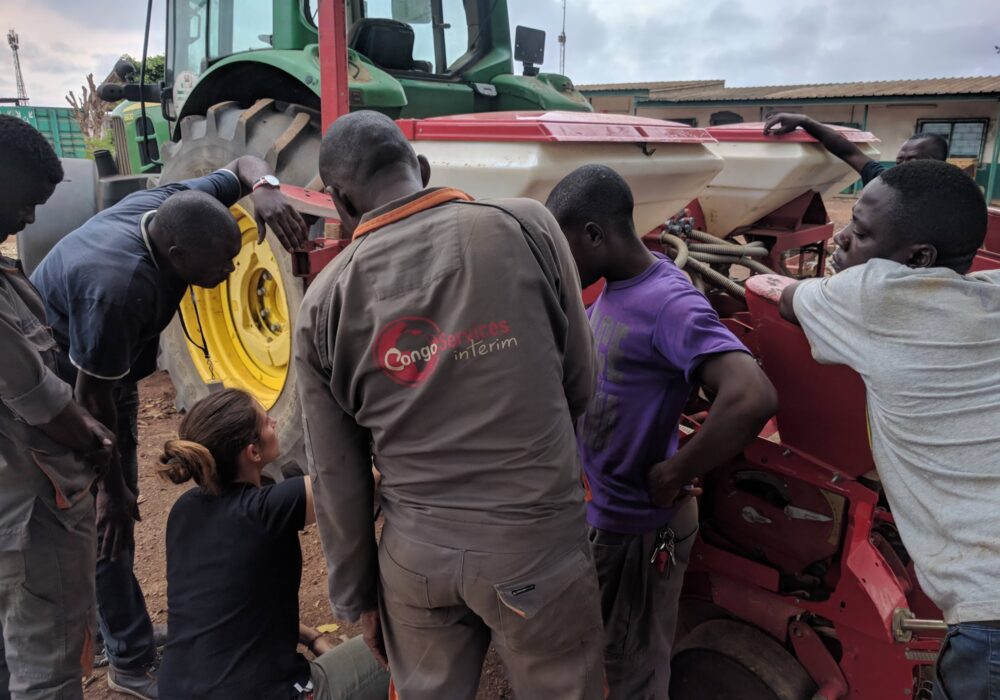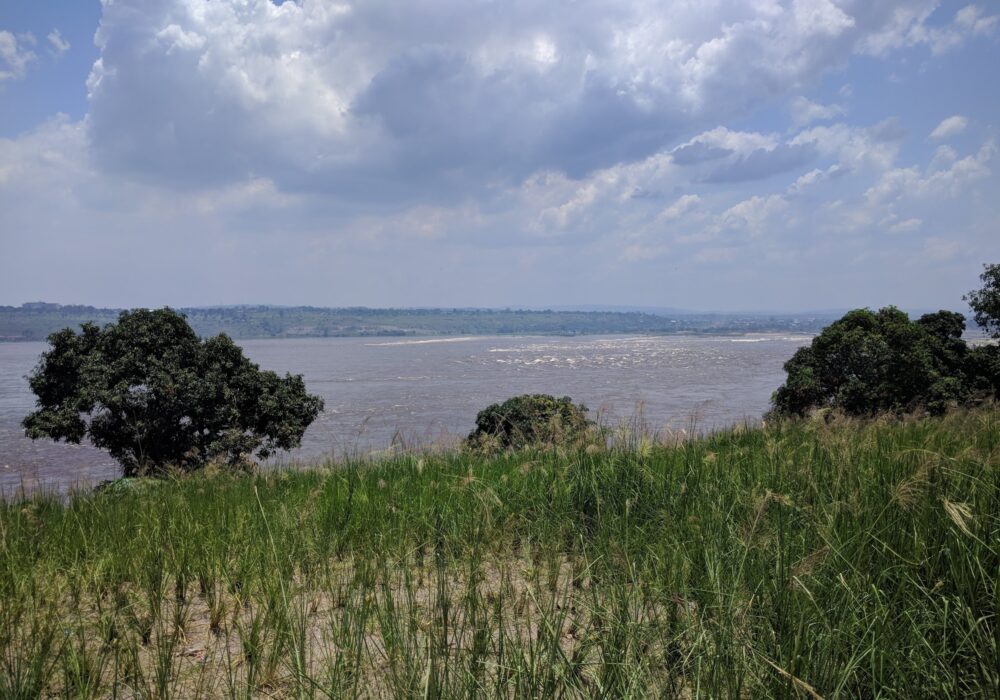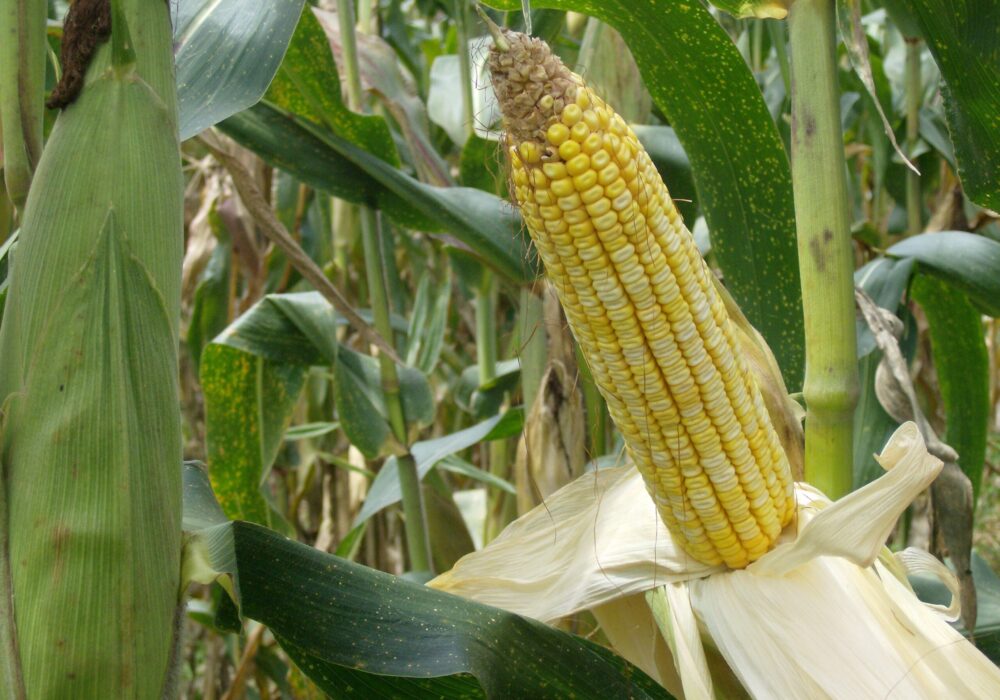Republic of Congo, 2018
Client: Société d’Organisation, de Management et de Développement des Industries Alimentaires (SOMDIAA)
What we did
SOMDIAA tasked EUCORD to conduct a comprehensive study of the maize value chain, focusing on the feasibility of increasing local maize production to meet industry demands. The study aimed to identify conditions for a stable, long-term supply of maize and outline a five-year roadmap to transition from the current 200 hectares of pilot production to a broader model involving more producers. Additionally, EUCORD assessed key challenges, including quality control, production stability, and logistics, to ensure that local maize can compete with imports while meeting industrial standards. Finally, to support the scaling of maize production, they will also explore partnerships, financing opportunities, and training.
Conclusions
Congo has considerable potential to increase domestic maize production to compete with imports by exploiting its natural and human resources. However, challenges such as the need for affordable agricultural inputs, mechanization, financing, and technical support must be addressed. The lack of government support and development programs is a major obstacle. Encouragingly, professionals from other sectors are investing in maize production. To develop a competitive maize value chain, productivity must increase, and production costs must decrease. The SARIS Maize project currently pre-finances inputs and services, but as the number of farmers increases, external financing will become essential. Achieving financial self-sufficiency for farmers is crucial for long-term sustainability.
EUCORD’s experience in Rwanda and Ethiopia suggests that the “model farmer” approach is more effective than cooperatives. This method involves partnering with medium-sized farmers who distribute inputs and aggregate maize from smallholders. The SARIS project is also collaborating with groups like ETRADIS and FAK, which have access to larger plots of land. To achieve the target of 10,000 tons of maize, at least 2,500 hectares must be developed. Investing in a central facility for hulling, drying, and storage is recommended to mitigate aflatoxin contamination. Additionally, proper training for farmers on harvest and post-harvest techniques is essential to ensure the maize meets quality standards.




